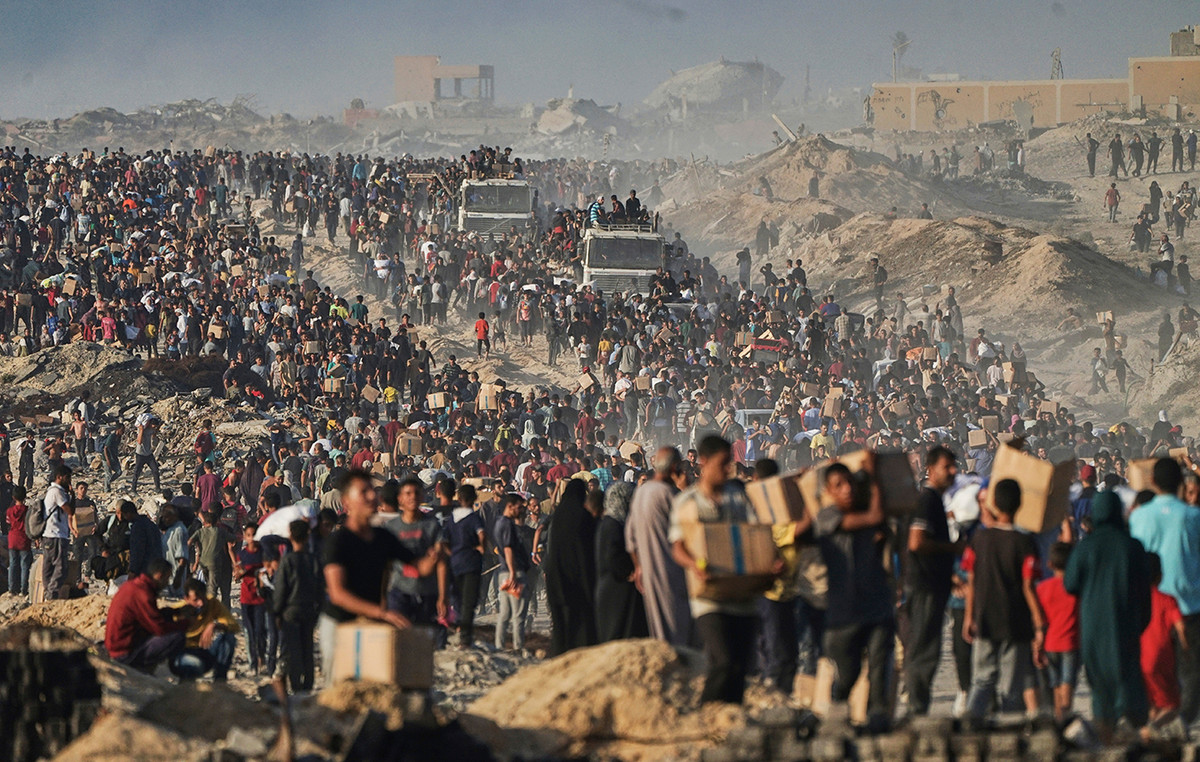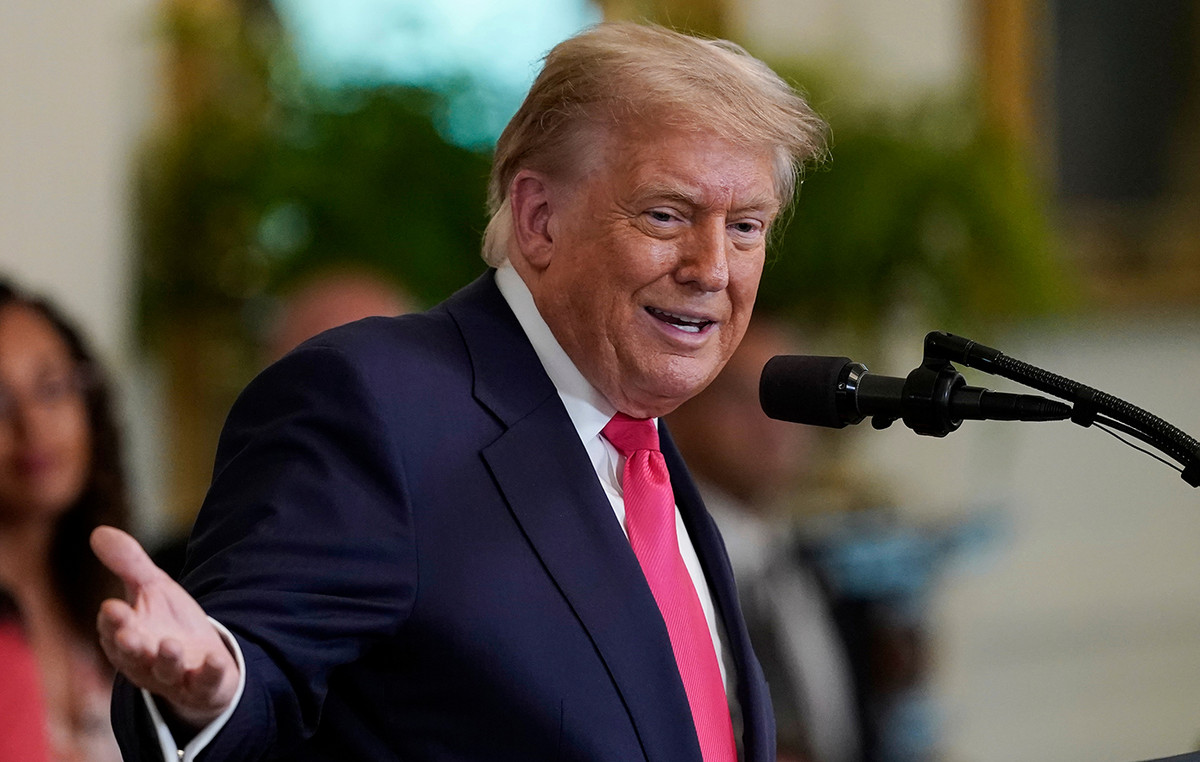Despite a disastrous health toll (150,000 dead and 5 million confirmed cases), the recession will probably not be as deep as expected in Brazil. The IMF, which predicted a historic drop of 9.1% of GDP this year, revised its forecasts downwards: -5.8% (including -7% in the first half), with a slight recovery of 2.8% of GDP next year.
Exceptionally high risks in Brazil
But the risks, underlines the IMF, are “multiple and exceptionally high”. Why ? Mainly because the government has spent the equivalent of 18% of the GDP to rescue the poor and does not really know how to deal with the future. Because on the one hand, imbalances have become dangerously accentuated: the Fund estimates that the primary budget deficit will rise to nearly 12% of GDP in 2020, and that the gross debt will reach 100% of GDP. But on the other hand, the government is trying to put in place a form of social protection, which at the same time guarantees the popularity of President Bolsonaro without compromising public finances.
After several weeks of boondoggle and infighting, the government is still looking for this magic formula… This, while the health crisis is still far from being mastered. For the IMF, there is “an extraordinary high degree of uncertainty regarding the evolution of the pandemic”.
Mexico’s bad accounts
Mexico is not following the same trend as Brazil, its economy to be particularly affected by the coronavirus crisis. Even if the IMF has revised and improved its forecasts, it expects a contraction of 9% of GDP in 2020 (10.5% initially forecast). “Based on these projections, it will take several years for employment, income and poverty to return to pre-pandemic levels,” warns the Fund.
Ten years of efforts reduced to nothing
The Washington institution believes the country’s progress over the past decade has been wiped out, and now “Mexico’s longstanding problem of weak growth looks set to worsen.”
President Andres Manuel Lopez Obrador (AMLO) has long been heavily criticized for his mismanagement of the Covid-19 pandemic. He made late health decisions and for a long time resisted unbalancing his budget to support activity. Now, health authorities report 800,000 reported cases and 82,700 deaths. The effect on employment is very clear with around 12 million workers who have lost their jobs, mainly in the informal sector.
Two-speed recovery
According to the monetary institution, a “two-speed” recovery is underway, with a rebound in manufacturing industry driven by external demand, although domestic demand remains weak. President AMLO who, before the coronavirus crisis was hoping for a dynamic 2020 thanks to his recovery plan and the fallout from the trade agreement with the United States and Canada, must redo his calculations. The Fund, for its part, believes that the government should implement a full set of short-term budgetary and monetary support measures, and “credible” reforms in the medium term to stimulate investment and growth.
Because the risks hanging over Latin America’s second largest economy are real: a possible resurgence of Covid-19, a prolonged disruption in labor markets, new global financial volatility, lower oil prices and negative growth among the main trading partners.
With 6 years of experience, I bring to the table captivating and informative writing in the world news category. My expertise covers a range of industries, including tourism, technology, forex and stocks. From brief social media posts to in-depth articles, I am dedicated to creating compelling content for various platforms.







